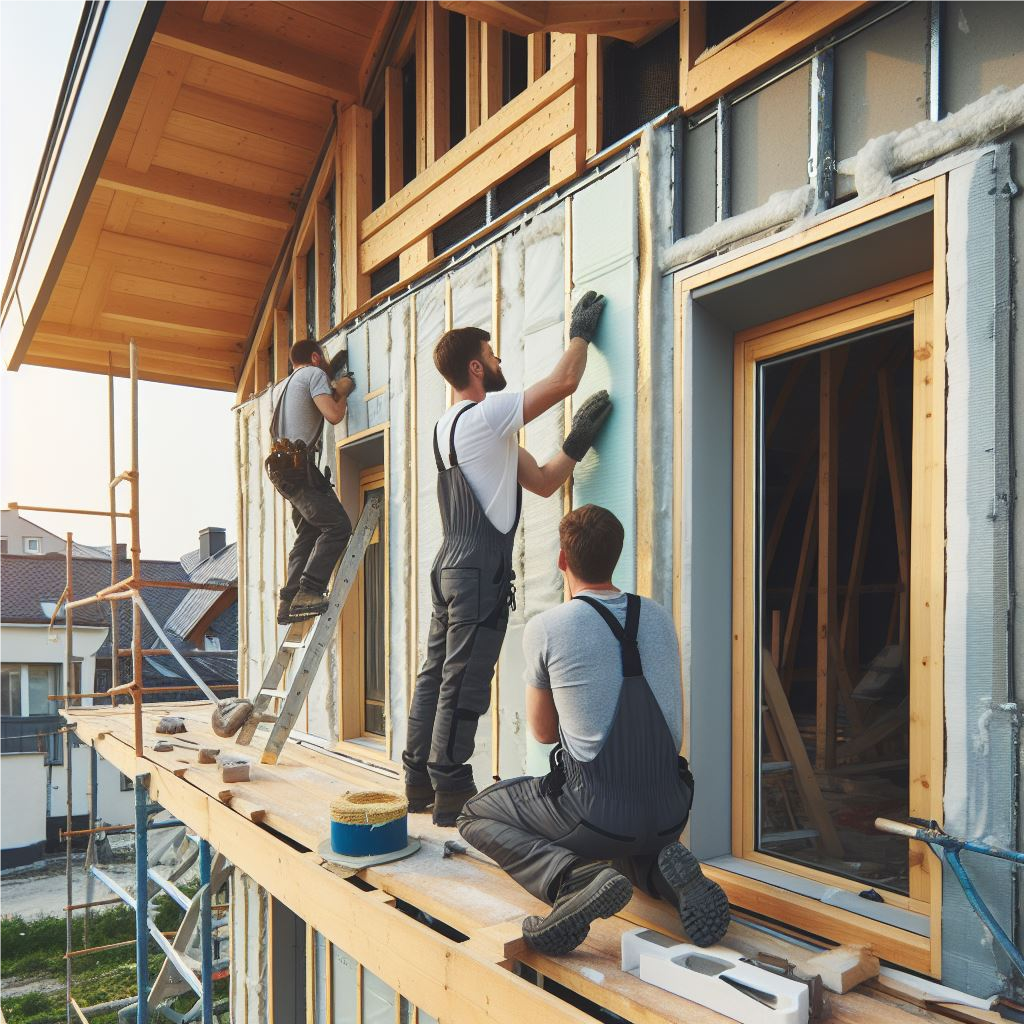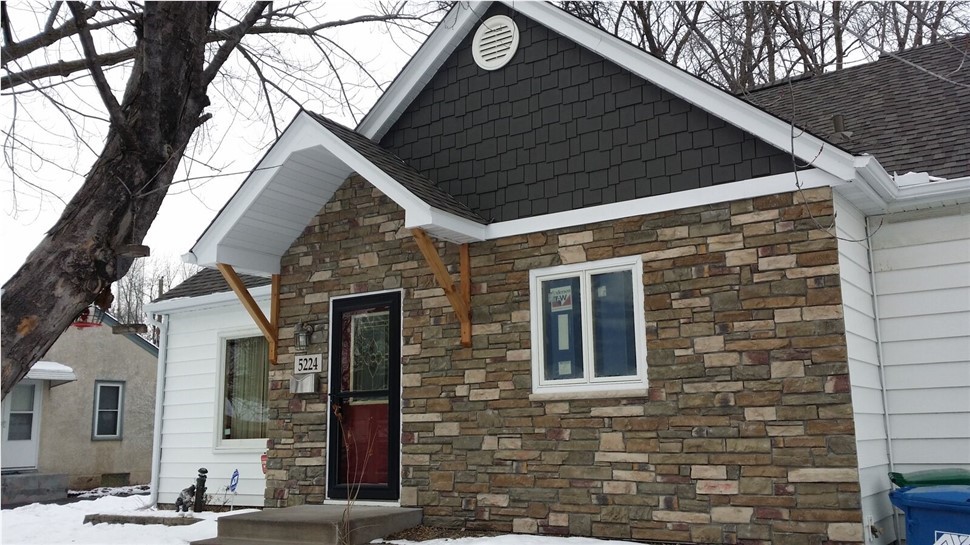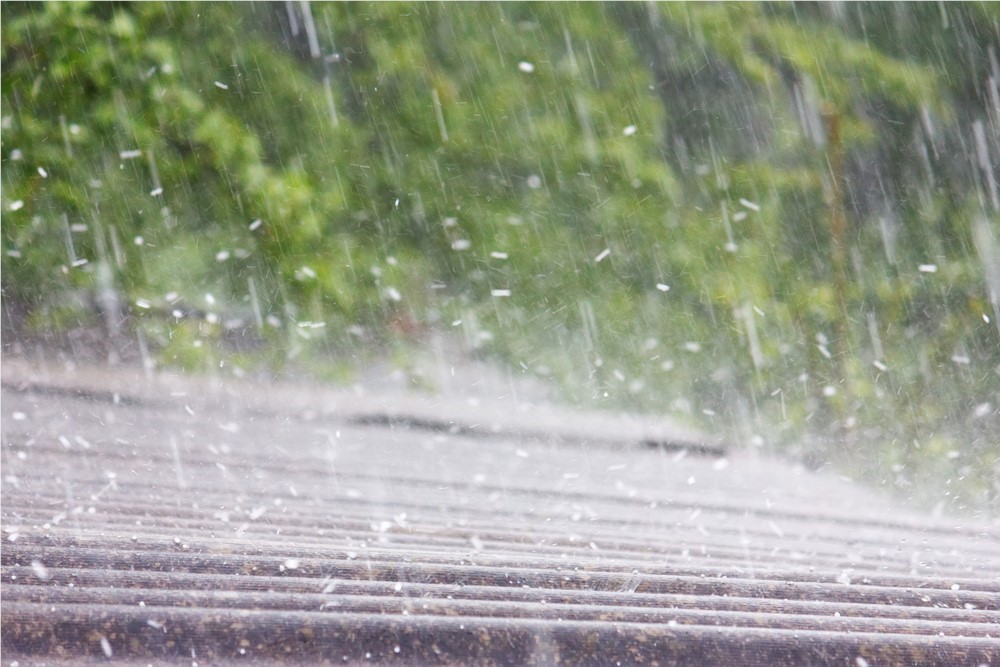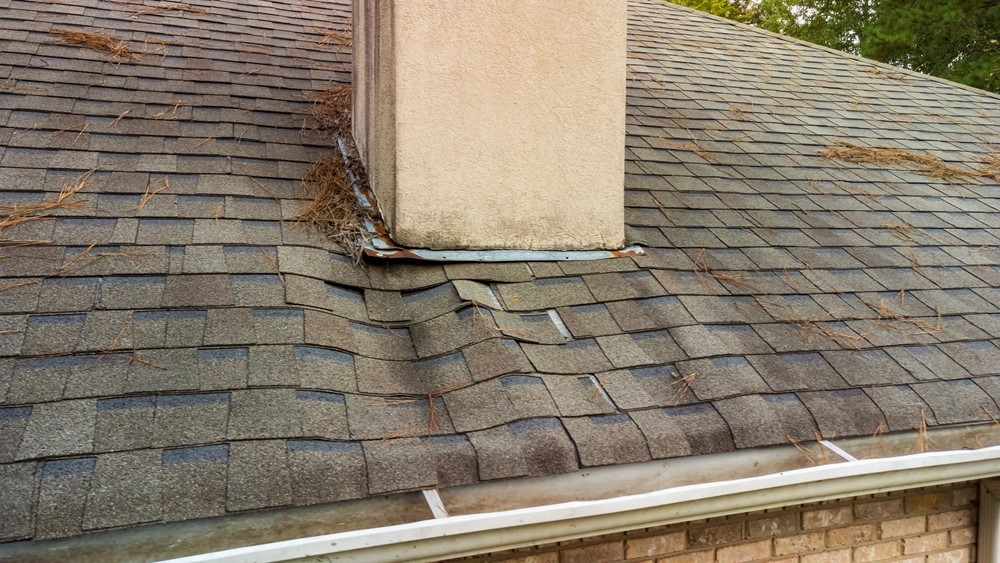
Why Consider a Home Insulation Upgrade When Replacing Your Siding
A siding replacement presents a rare opportunity for a cost-effective home insulation upgrade. Have you ever had to deal with a sweltering upstairs bedroom that you couldn’t cool between May and September? Or a bathroom that was cold year-round? And just for good measure, your utility bills are sky-high? One of the best ways to improve the comfort of your home is by installing exterior thermal insulation beneath your siding.
The Department of Energy (DoE) and the American Society of Heating and Air-Conditioning Engineers (ASHAE) consider retrofitting a home with exterior wall insulation a sound approach to improving comfort and energy efficiency. (Retrofitting is when you add to an existing home for the purpose of improving energy efficiency.) Experts note that this approach is cost-effective if you’re already replacing your siding.
Health and Happiness
Everyone deserves to walk into a comfortable home at the end of the day, and the quality of your insulation is one of the key things that determines whether you do. Several organizations that study how building design and construction impacts people’s health, including the World Health Organization (WHO), have a lot to say about this. WHO has extensively studied the relationship between indoor temperatures, insulation, and occupant health. They report that improved household insulation can reduce the risk and severity of a variety of chronic illnesses, including:
- Respiratory and cardiovascular illness
- Depression
- Asthma
- Infections
In fact, proper insulation is a top recommendation in the WHO’s Housing and Health Guidelines. There’s a reasonable possibility that you’ll be much healthier five years from now if you invest in better household insulation. But what’s virtually certain is that you’ll be more comfortable starting the day the work is done.
Warmer Winters, Cooler Summers
Temperature swings and inconsistency from room to room are very frustrating to deal with as a homeowner. Your bedroom, living room, and kitchen should be reasonably warm in the winter and cool in the summer. And ideally, the temperature should be consistent throughout the house. Part of the reason that is often not the case is thermal bridging. Thermal bridging is undesired heat gain or heat loss through your home’s walls, roof, foundation, and ceilings.
In a nutshell, here are the potential benefits of properly installed exterior insulation:
- Reduced risk of mold
- Improved temperature consistency from room to room
- Improved day-to-day comfort
- Better health for your family, including reduced severity of asthma, cardiovascular disease, depression, infections, and respiratory disease
- Reduced household impact on the environment
- Significant utility savings
Remember, when you replace your siding, take advantage of this opportunity to enhance your home’s insulation. Your comfort, health, and wallet will thank you! 🏡❄️🌞
References:
Tags
Subscribe to Quarve Contracting's Blog








Comments